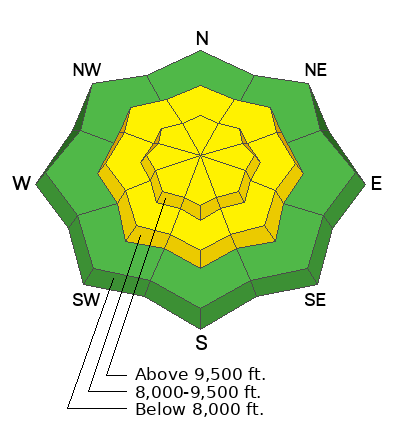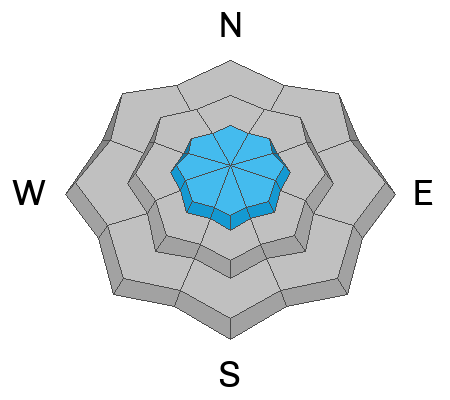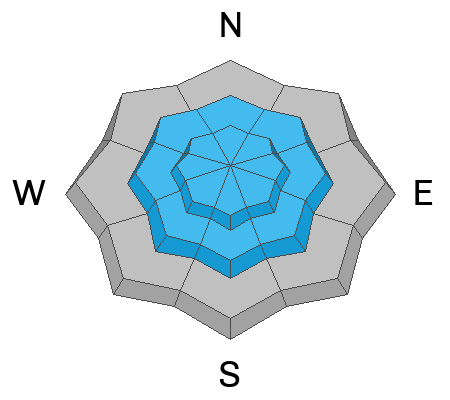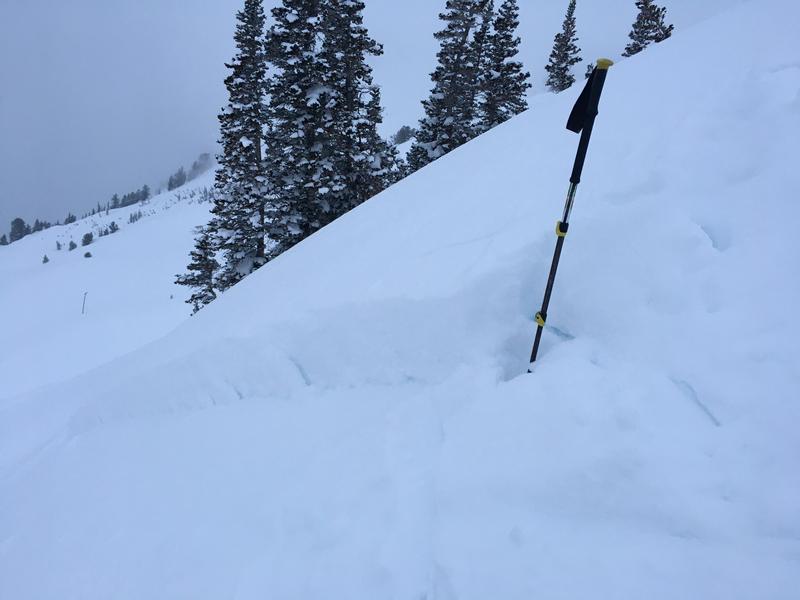Forecast for the Provo Area Mountains

Issued by Dave Kelly on
Tuesday morning, February 7, 2023
Tuesday morning, February 7, 2023
There is a MODERATE danger on upper and mid elevation slopes where human triggered avalanches are possible in the new and wind-drifted snow. These avalanches will be 1-2' deep. There is a LOW danger on lower elevation terrain where there has been less new snow.
Human triggered avalanches are POSSIBLE on slopes where the new snow has drifted into a harder slab of dense snow, or on steep slopes where the sun has warmed the surface snow. A great option is to let the new snow settle out and stick to lower angle objectives where there is good powder-snow riding.
Ice climbers should be aware of overhead hazard as new snow warms up above ice climbs. Plan to be off ice climbs as temperatures start to rise to avoid being underneath any new snow sluffing down from above.

Low
Moderate
Considerable
High
Extreme
Learn how to read the forecast here









